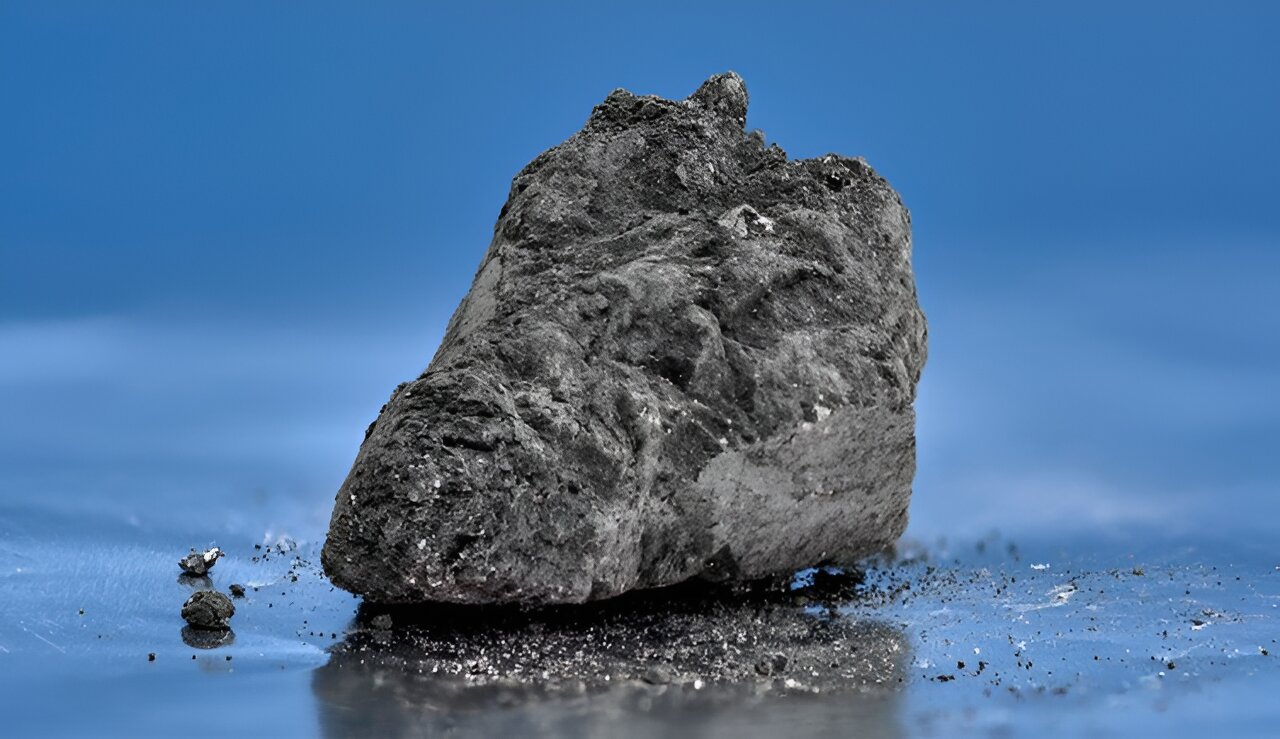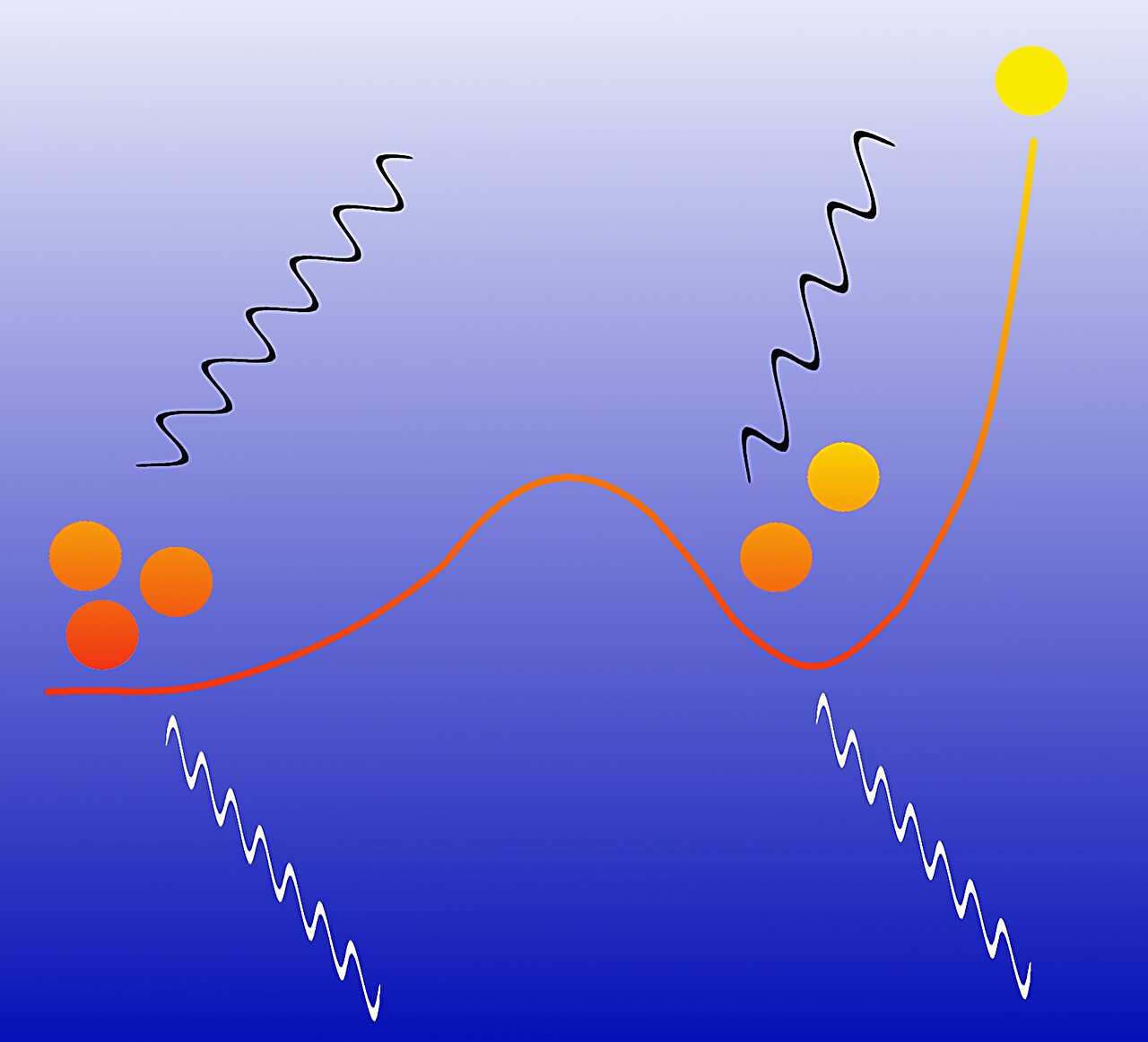Prepare to be amazed as one of the U.K.’s most famous meteorites takes us on a journey through the mysteries of our solar system. This extraordinary space rock, known as the Winchcombe meteorite, is providing scientists with invaluable insights into asteroids that are millions of kilometers away from Earth.
By studying the chemical composition of the Winchcombe meteorite and comparing it to data from asteroids, scientists hope to unravel the secrets of our solar system. This rare piece of space rock, which crash-landed in Gloucestershire in 2021, offers a pristine glimpse into the world of asteroids that are otherwise difficult to study from such great distances.
In a groundbreaking new paper published in Meteoritics & Planetary Science, researchers delve into the minerals, bulk elemental composition, and water content of the Winchcombe meteorite. This data will be used to gain a deeper understanding of similar asteroids floating in space.
Confirming previous suspicions, the latest research identifies the Winchcombe meteorite as a CM carbonaceous chondrite. These meteorites are among the oldest objects in our solar system and hold valuable clues about the origins of the planets.
Dr. Helena Bates, lead author of the study and an expert in asteroid research, explains, “Studying asteroids is challenging due to their distance from Earth. However, by gathering ‘bulk information’ about meteorites like the Winchcombe, we can make important comparisons and gain valuable insights into these distant celestial bodies.”
“Here at the museum, we have honed our techniques for gathering this information, making us well-equipped for this exciting research,” adds Dr. Bates.
Why is the Winchcombe meteorite important?
Imagine witnessing a fireball streaking across the sky, only to discover fragments of a dark rock on your driveway the next day. This extraordinary event occurred in Winchcombe, England, on February 28, 2021. The recovered fragments, totaling almost 600 grams, were swiftly brought to the Museum for intensive analysis and study.
While a few small meteorites fall in the U.K. each year, they often land in hard-to-reach places. The Winchcombe meteorite, however, was a rare exception and became the first meteorite to be recovered in the U.K. in over three decades.
What makes the Winchcombe meteorite particularly valuable for research is its pristine condition. As it was collected within 12 hours of its fall, the sample remains uncontaminated, comparable to those retrieved from asteroids by space probes.
Dr. Bates highlights one of the exciting findings, stating, “We were able to measure the mercury content in the sample, which is usually challenging due to terrestrial contamination. However, the quick recovery of the Winchcombe meteorite allowed us to obtain an excellent measurement of its mercury content.”
Believed to originate from the asteroid belt between Mars and Jupiter, the Winchcombe meteorite offers a unique opportunity to study the rock formations that date back to the early days of our solar system.
For the past two years, scientists have been meticulously studying the Winchcombe meteorite to unlock its secrets. By dissolving a sample of the meteorite, the research team analyzed its specific elements and bulk elemental composition. They also examined the mineralogy by subjecting the meteorite to X-rays and studied its water content by heating it.
To compare the Winchcombe meteorite with asteroids, researchers employed infrared spectroscopy, a technique that involves shining an infrared laser at the meteorite and analyzing the reflected light. This allows them to identify specific minerals present in the meteorite and compare them to asteroid data.
Dr. Bates explains the significance of this study, saying, “By recreating what we observe in asteroids in the lab, we can gain valuable insights into the composition and characteristics of these celestial bodies. We can then compare the Winchcombe meteorite to C complex asteroids, which show signs of having been altered by water.”
Excitingly, the Museum has been involved in asteroid sample return missions, such as OSIRIS-REx and Hayabusa2, which have visited C complex asteroids. Additionally, a wealth of data collected by ground-based and space-based telescopes provides further opportunities for comparison.








